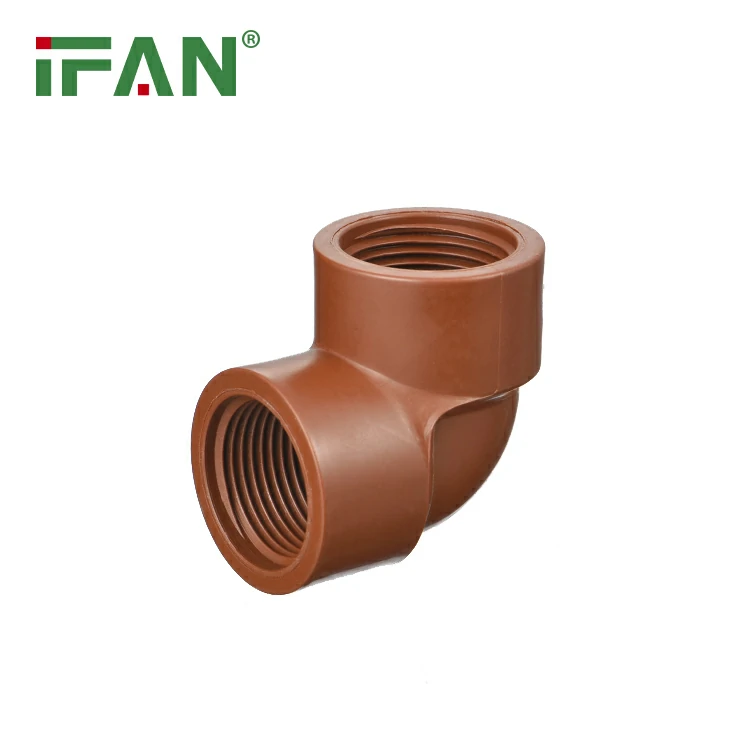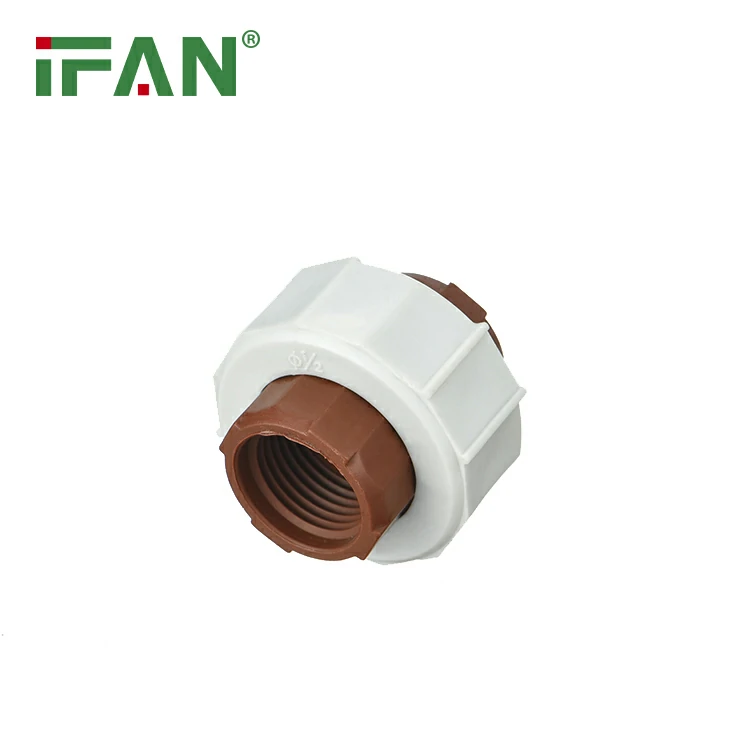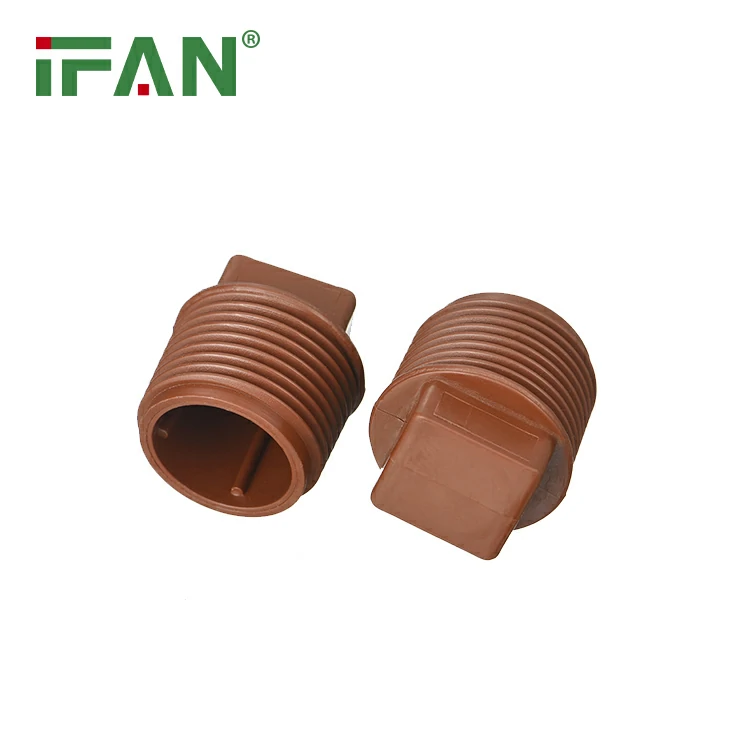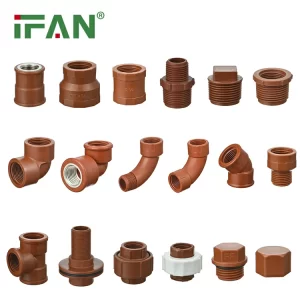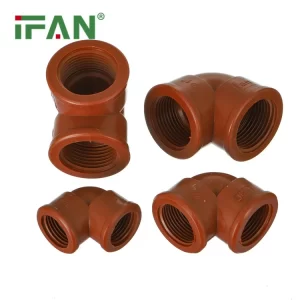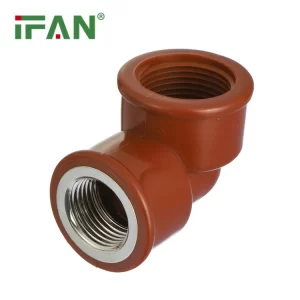Description
IFAN factory 30+ years manufacture experience support color /size customization support free sample.Welcome to consult for catalog and free samples.This is our Facebook Website:www.facebook.com,Click to watch IFAN’s product video.Compared with Tomex products, our IFAN products from quality to price are your best choice, welcome to buy!
In today’s world, environmental sustainability is a major focus for businesses and industries. Companies are increasingly turning to eco-friendly materials and solutions to reduce their environmental impact. One such material that has gained widespread recognition is High-Density Polyethylene (HDPE), particularly in the form of HDPE fittings. These fittings are an integral part of piping systems used in various industries, including water management, construction, and agriculture. In this article, we will explore the role of HDPE fittings in environmental sustainability and why they are a preferred choice for sustainable infrastructure projects.
What Are HDPE Fittings?
HDPE (High-Density Polyethylene) fittings are components used in piping systems, typically made from a thermoplastic polymer. They are highly durable, resistant to corrosion, and capable of withstanding high pressures and extreme temperatures. HDPE fittings are commonly used in applications such as water distribution, wastewater systems, gas pipelines, and industrial fluid systems.
These fittings come in various shapes and sizes, including elbows, tees, couplings, and flanges. They are designed to connect pipes and ensure the smooth flow of materials through the system. The primary advantage of HDPE fittings is their long lifespan and minimal maintenance requirements, making them a sustainable choice for infrastructure projects.
Key Environmental Benefits of HDPE Fittings
1. Recyclability
One of the most significant environmental benefits of HDPE fittings is their recyclability. HDPE is a 100% recyclable material, meaning that once the fittings are no longer needed or have reached the end of their lifecycle, they can be reprocessed and used again. This helps to reduce waste and minimize the need for new raw materials, which is essential for reducing the environmental footprint of industrial processes.
Recycling HDPE fittings contributes to the circular economy by ensuring that the material is reused, rather than discarded. The recycling process for HDPE is energy-efficient and requires less energy compared to producing new materials from scratch. This makes it a more sustainable option than other materials that are difficult to recycle or non-recyclable.
2. Low Carbon Footprint
HDPE fittings are produced with relatively low energy consumption compared to materials like metal or PVC. The production process for HDPE fittings involves less greenhouse gas emissions, making them a more environmentally friendly choice in terms of carbon footprint.
Additionally, HDPE is lighter than many other materials, such as steel or concrete. This reduces transportation energy requirements, as the fittings are easier to transport and handle. The lower transportation costs and energy usage contribute to a reduction in the overall environmental impact of HDPE fittings.
3. Durability and Longevity
HDPE fittings are known for their durability and long lifespan, which is crucial for reducing environmental impact. These fittings are resistant to corrosion, chemicals, and UV radiation, which allows them to maintain their integrity for decades. This durability minimizes the need for frequent replacements and reduces the amount of waste generated by disposal of old or damaged fittings.
Because HDPE fittings last so long, infrastructure systems that use them require fewer repairs and replacements, saving both materials and energy in the long run. This contributes to the overall sustainability of the project, as the longevity of the fittings reduces the need for additional resources.
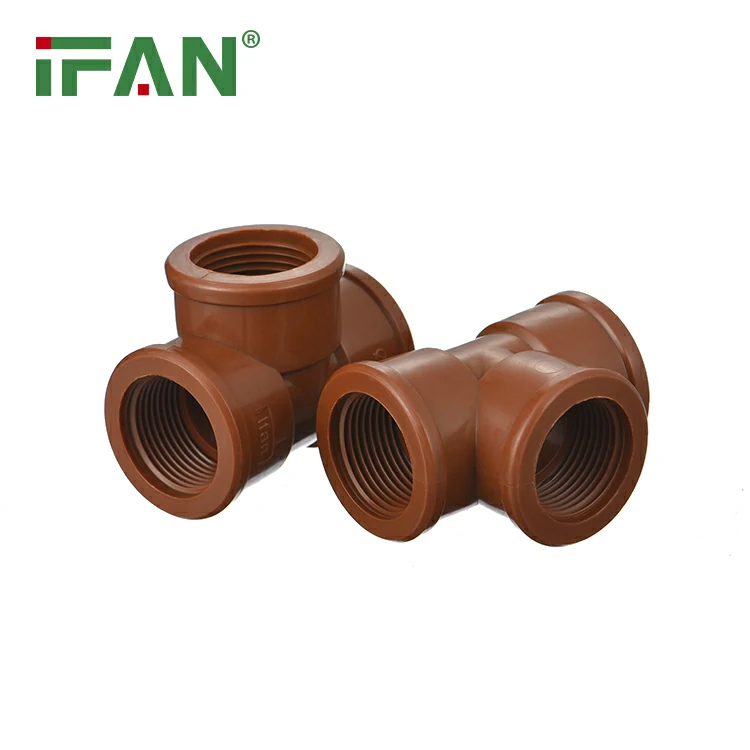
4. Water Conservation
In applications such as water distribution and irrigation systems, HDPE fittings play a vital role in water conservation. HDPE piping systems are leak-resistant, which helps prevent the loss of water during transportation or distribution. By ensuring that water flows efficiently and without leaks, HDPE fittings help to reduce water wastage and improve the efficiency of water management systems.
This is especially important in regions where water scarcity is a concern, as using HDPE fittings can significantly reduce the amount of water lost through leaks in traditional piping systems.
5. Minimal Maintenance and Low Lifecycle Costs
HDPE fittings require minimal maintenance due to their resistance to corrosion, chemicals, and abrasion. This low-maintenance characteristic means that there is less need for costly repairs and replacements, further enhancing their environmental benefits. Systems using HDPE fittings are less likely to suffer from leaks or failures, which reduces the need for replacements and the associated environmental impact.
Additionally, HDPE piping systems tend to have lower lifecycle costs, as they require less energy and fewer materials to maintain over time. This contributes to the overall sustainability of a project, as it reduces the amount of resources needed for the upkeep of infrastructure.
6. Non-Toxic and Safe for the Environment
HDPE fittings are non-toxic, making them safe for the environment and human health. When HDPE fittings are used in water systems, they do not leach harmful chemicals or pollutants into the water supply. This makes them an ideal choice for industries that require materials that meet health and safety standards, such as potable water distribution and food processing.
The non-toxic nature of HDPE also means that it does not harm ecosystems when exposed to the environment. Unlike some materials that can contaminate soil or water sources, HDPE is safe and stable, ensuring that it does not negatively affect wildlife or natural habitats.
Applications of HDPE Fittings in Sustainable Projects
1. Water Supply and Irrigation Systems
In sustainable agriculture, efficient water usage is essential. HDPE fittings are widely used in irrigation systems to transport water from one place to another without leaks or contamination. Their resistance to corrosion and chemicals ensures that the water remains pure and unaffected by the materials used in the system. This contributes to sustainable farming practices by improving water efficiency and reducing waste.
2. Wastewater Management
HDPE fittings are also commonly used in wastewater management systems, where their durability and resistance to corrosive substances make them an ideal choice. These fittings help in the effective transport of wastewater without the risk of leaks or breakdowns, ensuring that the system operates efficiently and sustainably. The long lifespan of HDPE fittings reduces the need for costly replacements and maintenance, which helps to minimize environmental impact.
3. Renewable Energy Projects
In renewable energy projects, such as geothermal and solar power plants, HDPE fittings are used to transport fluids or gases. Their ability to withstand high temperatures and pressures makes them suitable for these demanding applications. By using HDPE fittings in renewable energy projects, companies can help reduce the environmental impact of energy production while ensuring the longevity and efficiency of the infrastructure.
Conclusion
HDPE fittings play a crucial role in promoting environmental sustainability. With their recyclability, low carbon footprint, durability, water conservation benefits, and minimal maintenance requirements, they are an ideal choice for eco-friendly infrastructure projects. By opting for HDPE fittings, businesses and industries can contribute to reducing their environmental impact and building more sustainable systems for the future. Whether used in water management, wastewater systems, or renewable energy projects, HDPE fittings help ensure that resources are used efficiently and responsibly.
Frequently Asked Questions (FAQs)
1. What are HDPE fittings made from?
HDPE fittings are made from High-Density Polyethylene, a thermoplastic polymer that is known for its strength, durability, and resistance to corrosion and chemicals.
2. Are HDPE fittings environmentally friendly?
Yes, HDPE fittings are environmentally friendly because they are recyclable, durable, and require less energy to produce compared to other materials like metal or PVC.
3. How long do HDPE fittings last?
HDPE fittings are highly durable and can last for several decades, often outlasting traditional metal fittings. Their resistance to corrosion and chemicals ensures a long lifespan.
4. Can HDPE fittings be used for potable water systems?
Yes, HDPE fittings are safe for potable water systems as they are non-toxic and do not leach harmful substances into the water.
5. What are the applications of HDPE fittings?
HDPE fittings are used in a variety of applications, including water supply and irrigation systems, wastewater management, renewable energy projects, and industrial fluid transportation.
Related products
-
pph fitting
PPH Pipe Fittings ASTM F2389
-
pph fitting
PPH Fitting Elbow EN ISO 15494
-
pph fitting
PPH Fitting Elbow: A Comprehensive Introduction


